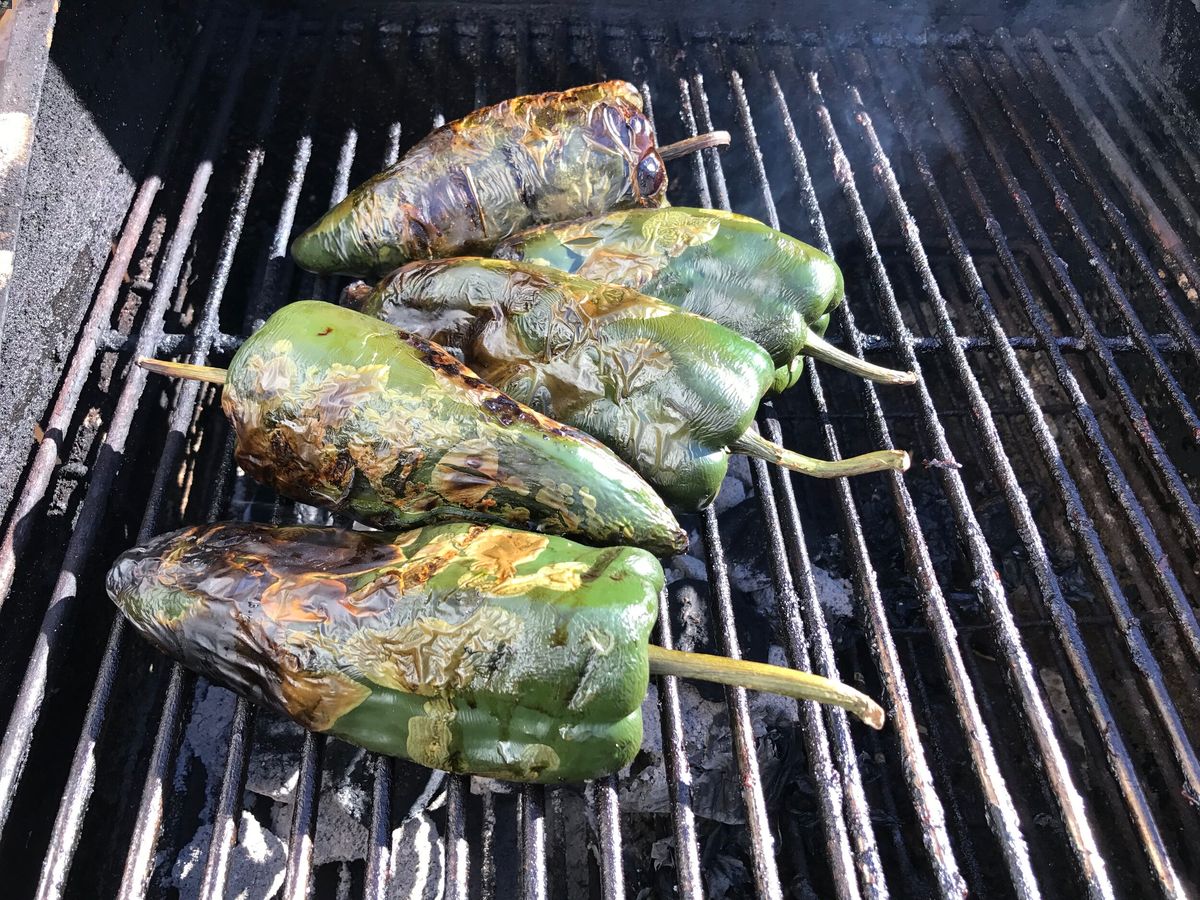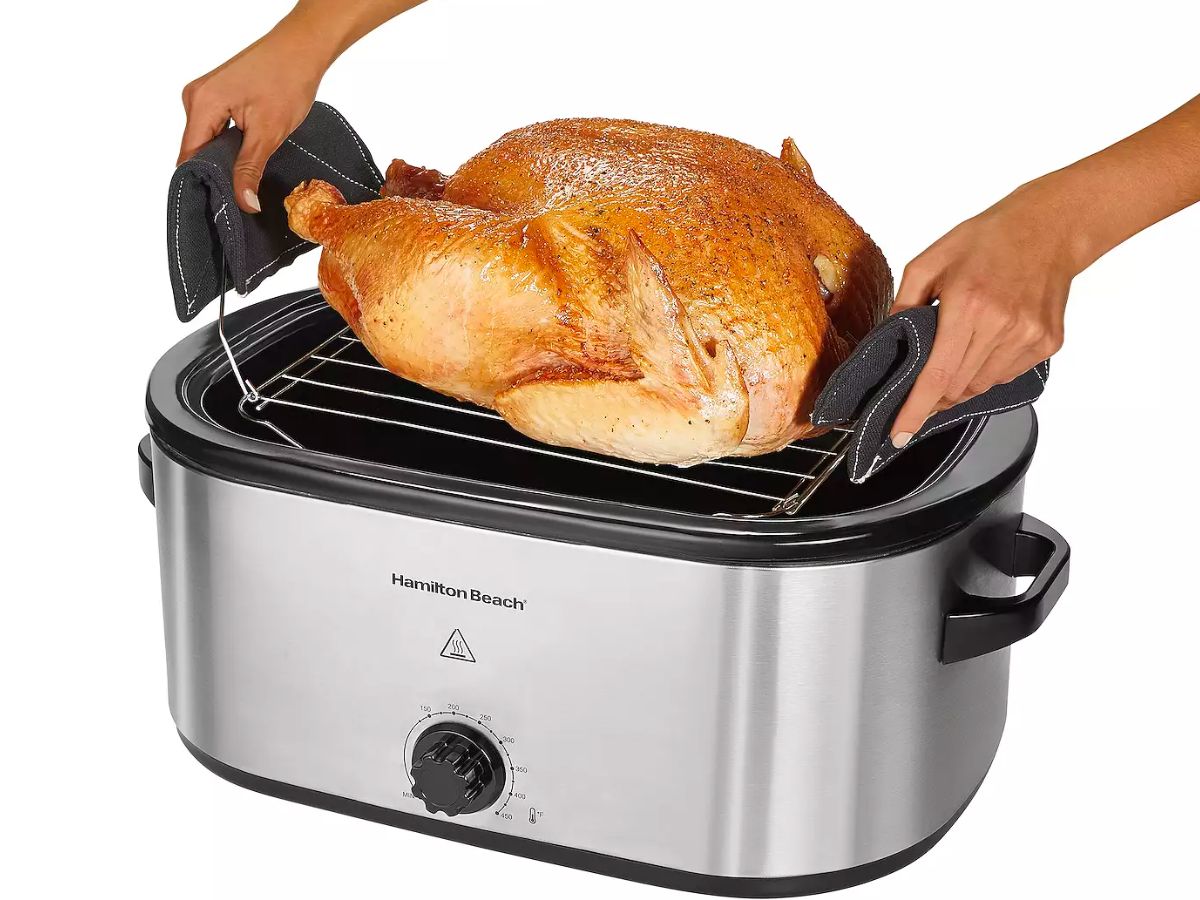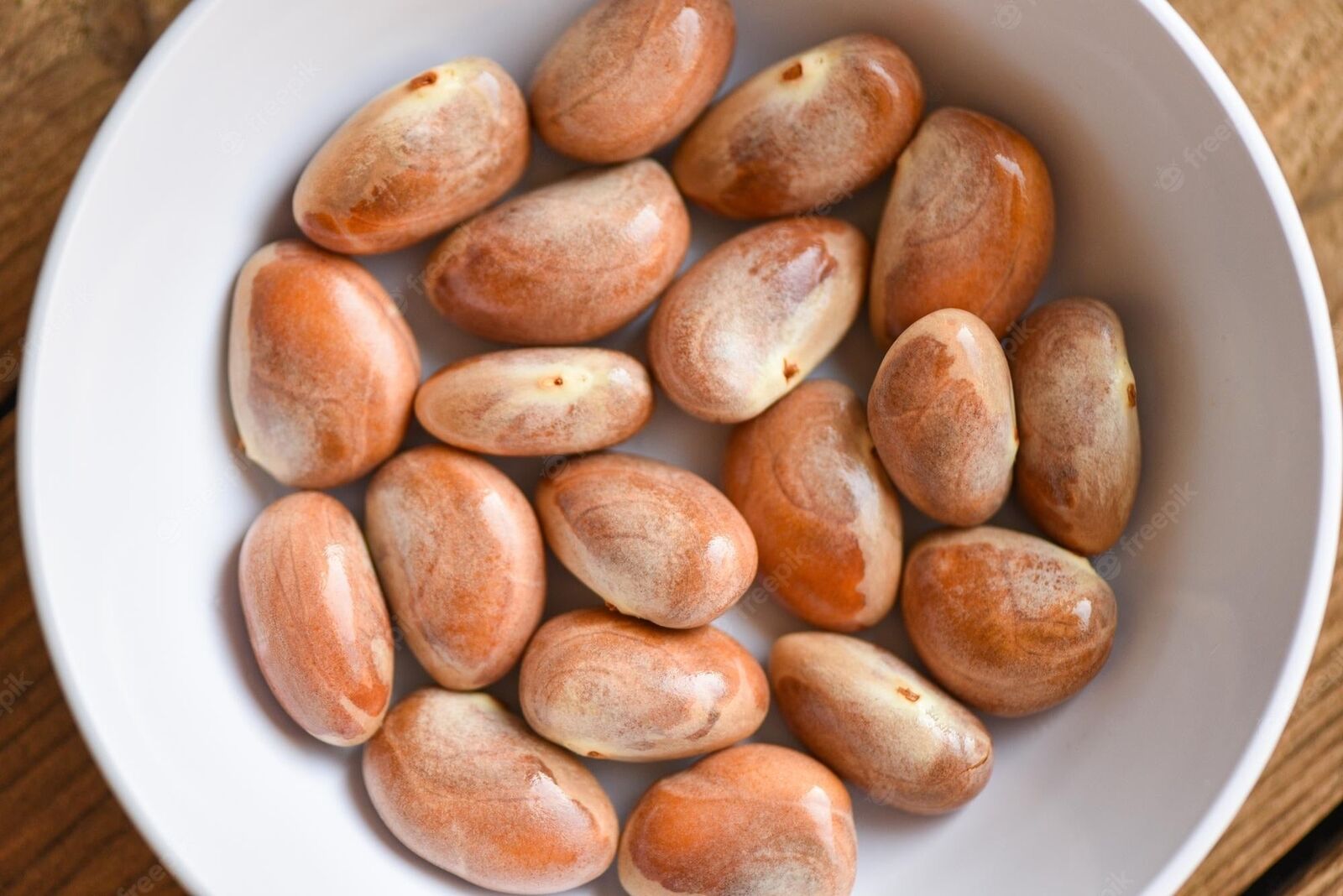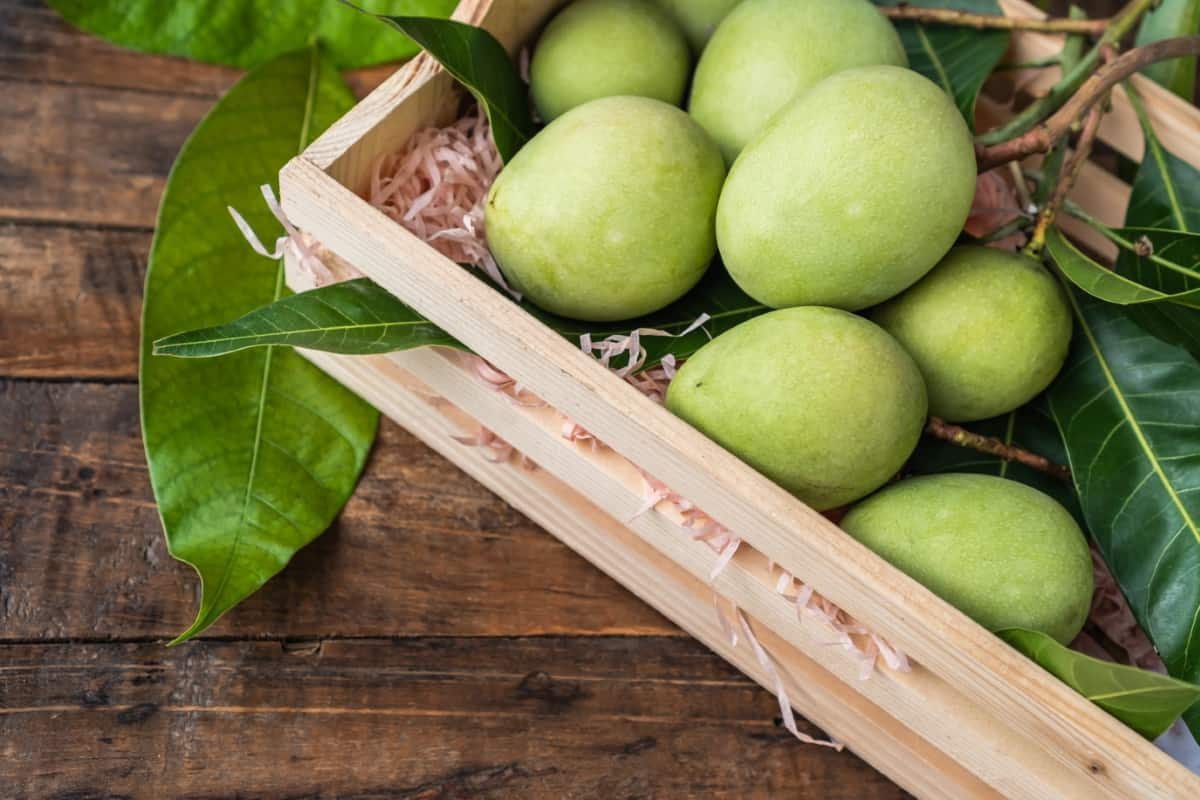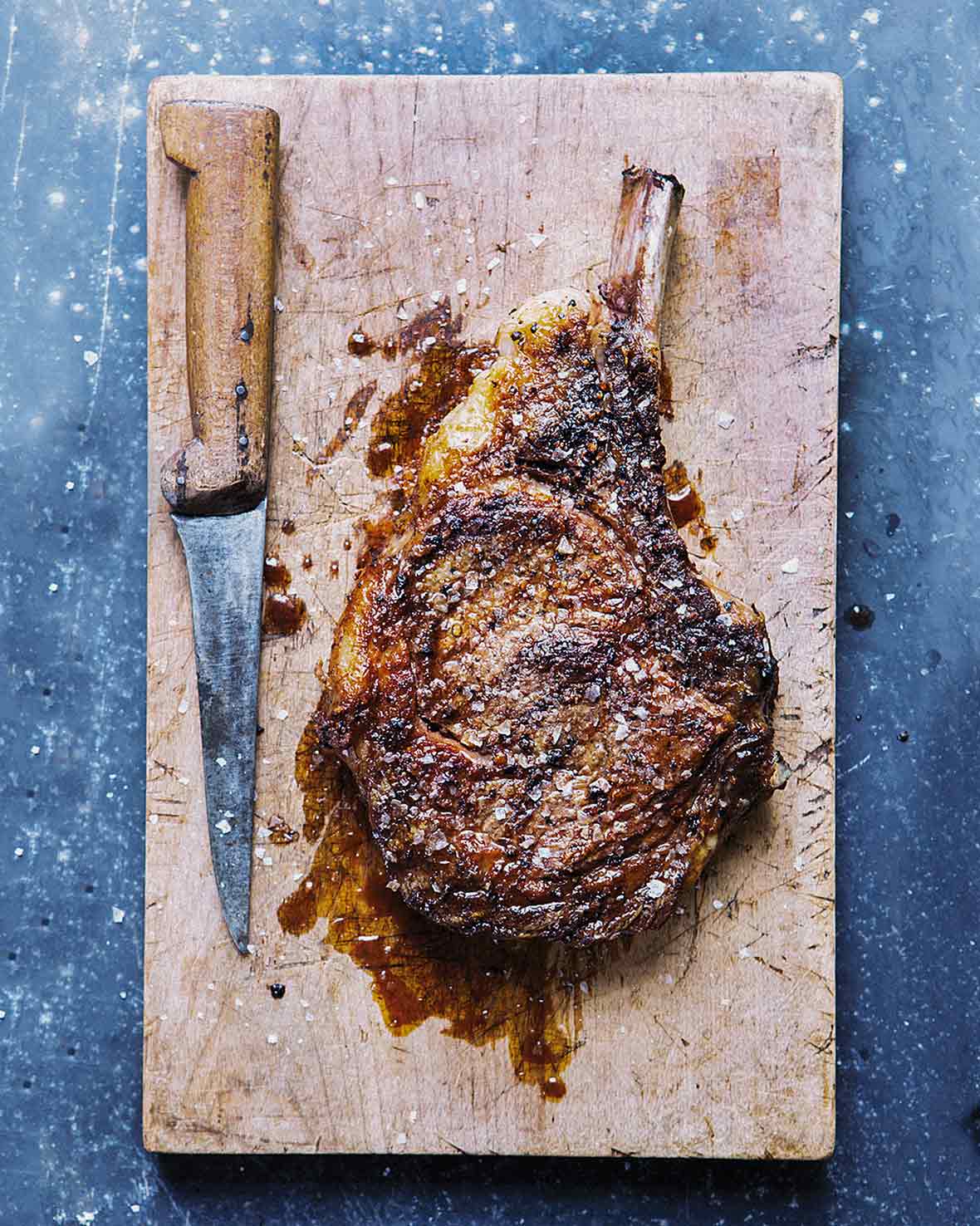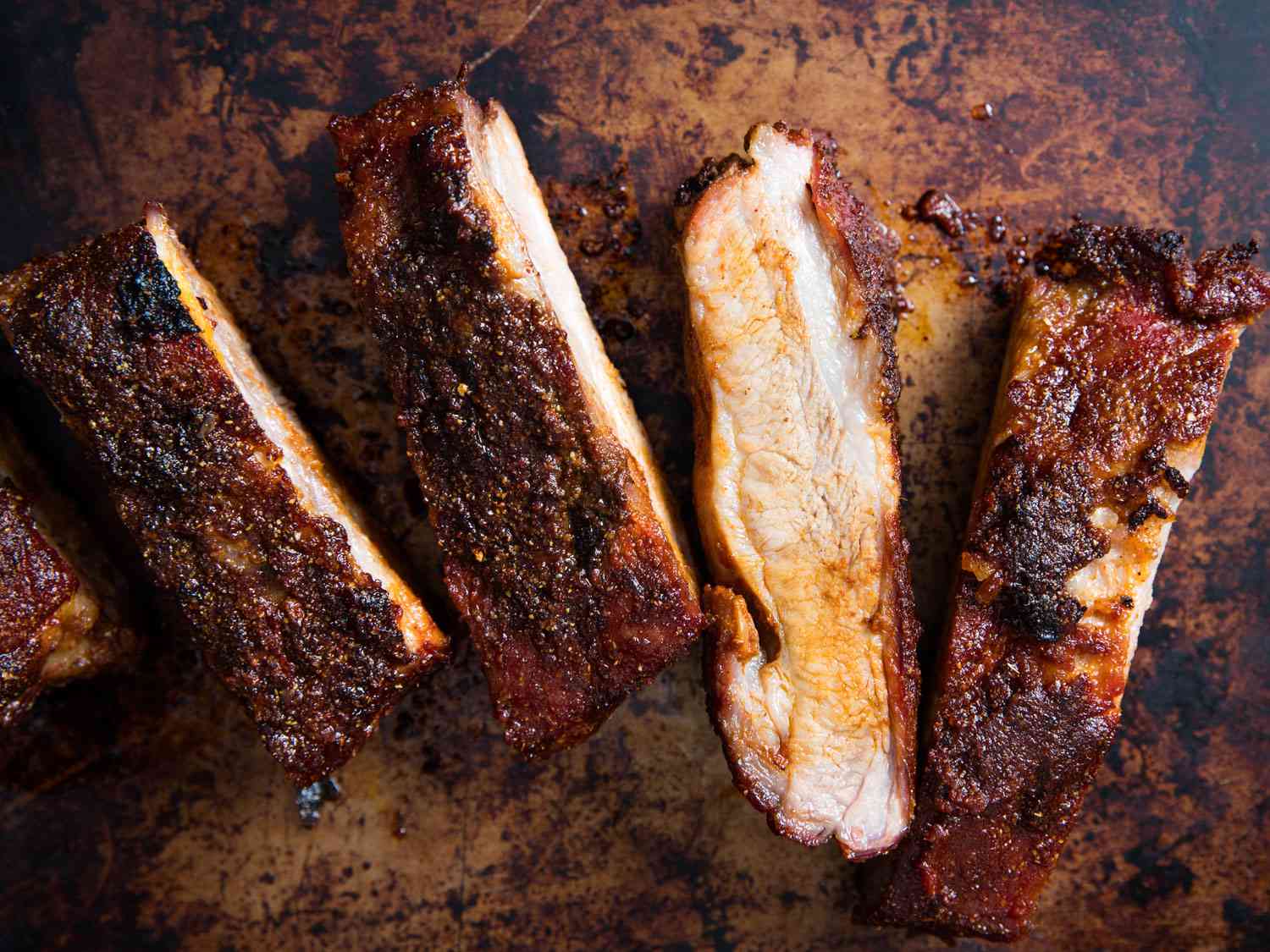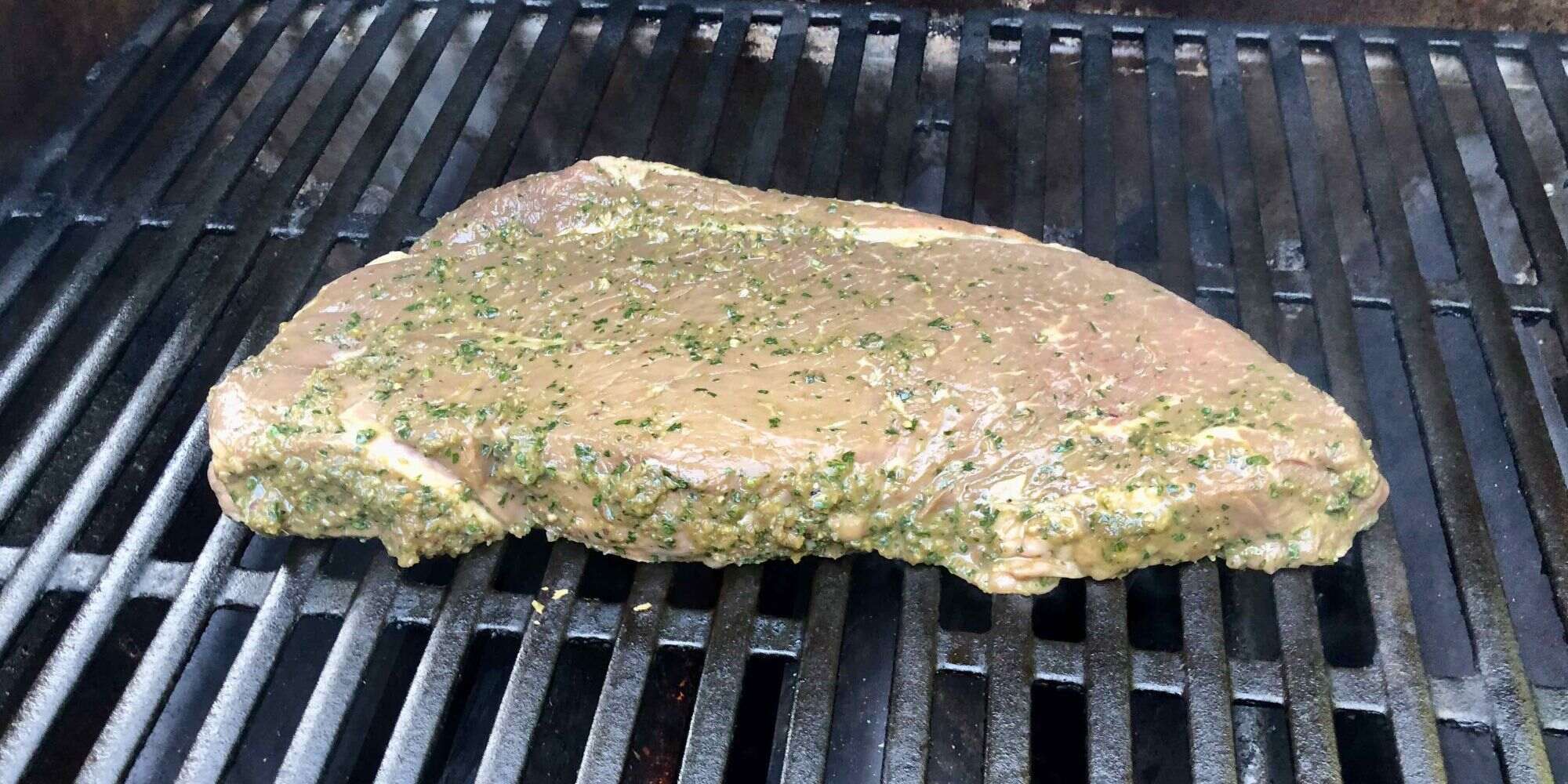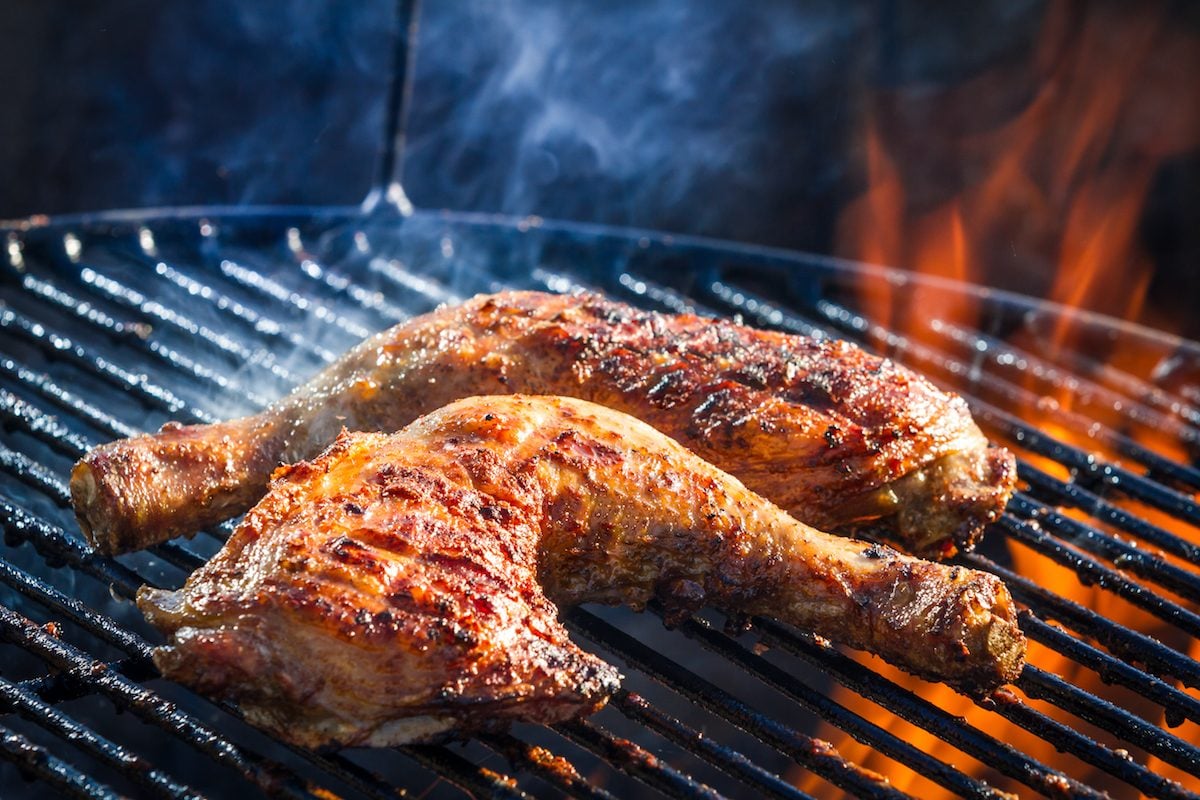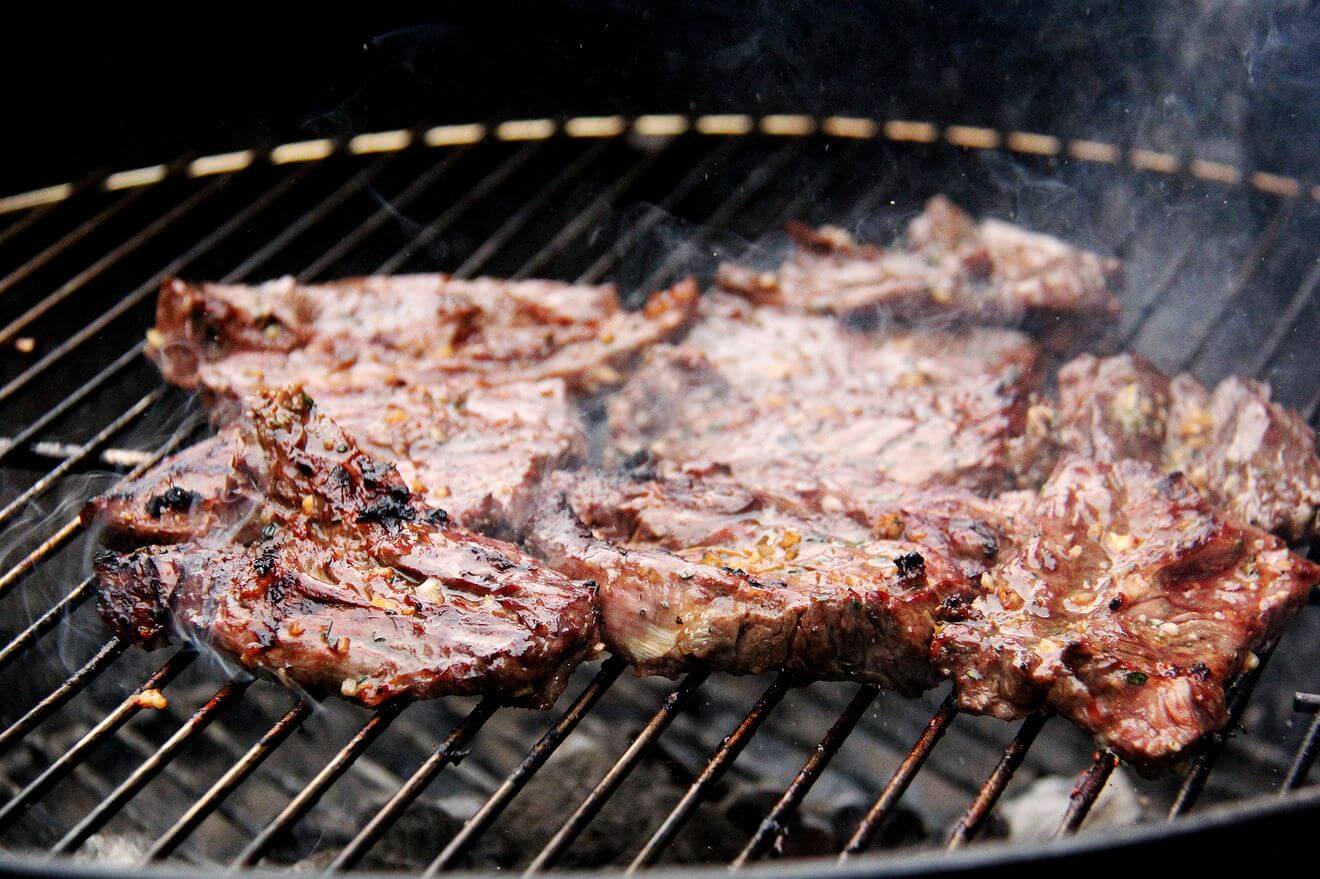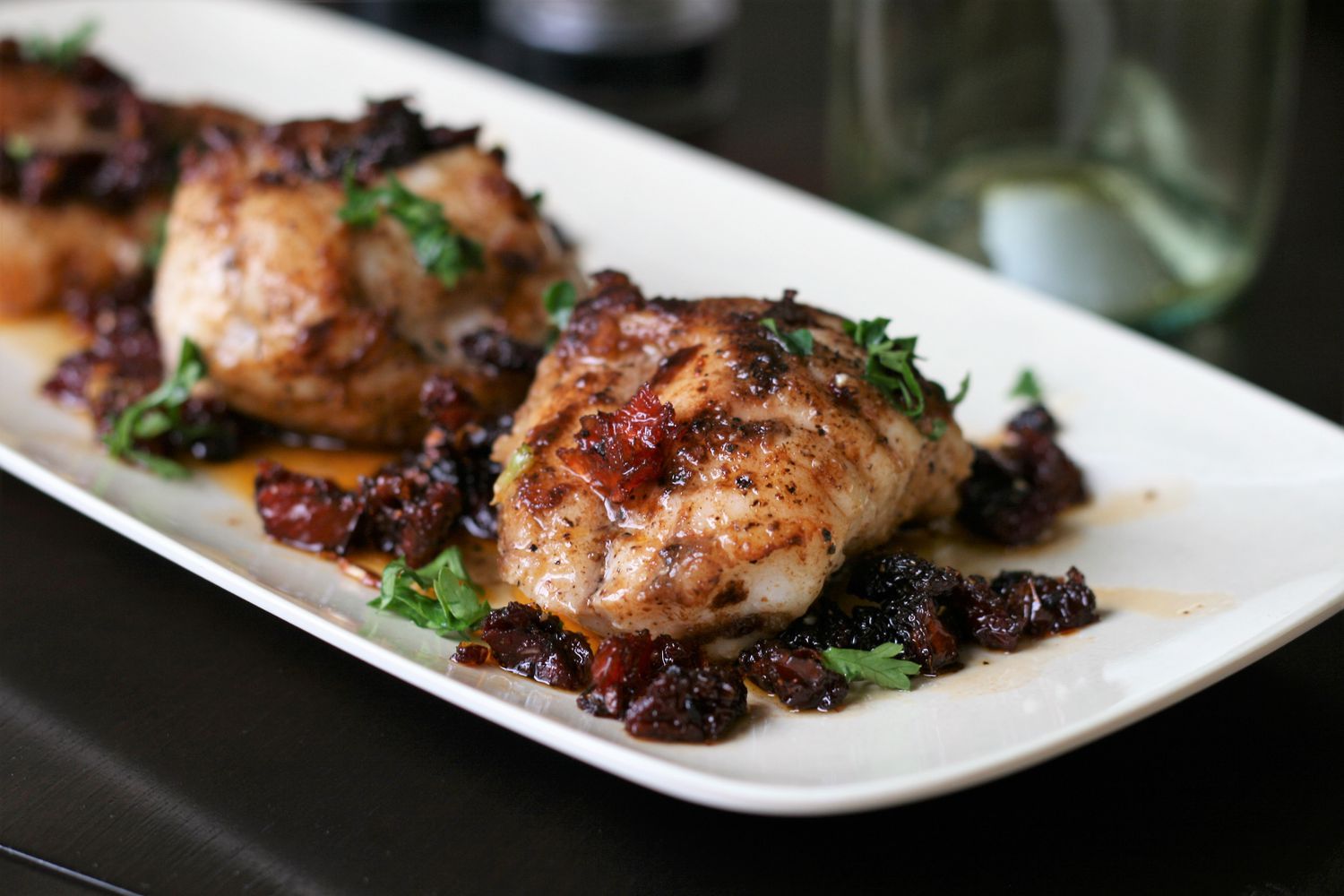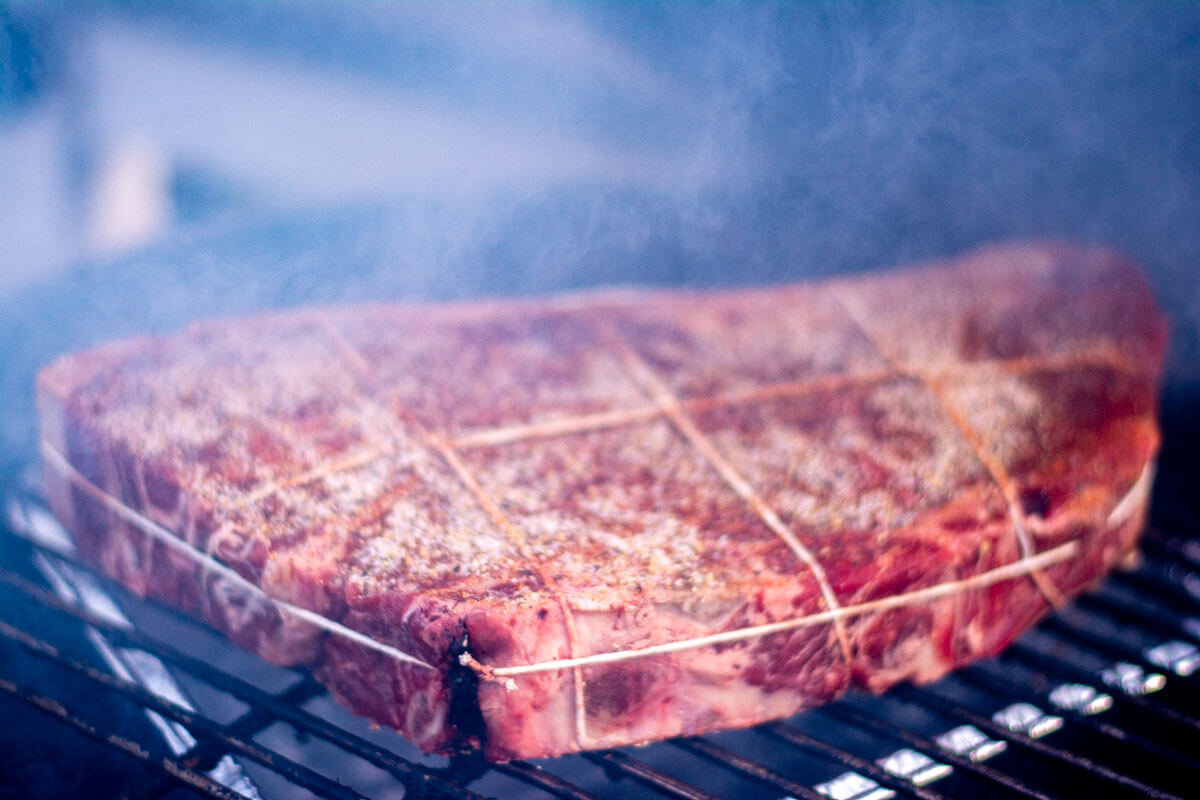Roasting and Pureeing Pumpkin: A Delicious and Versatile Process
There’s something undeniably comforting about the aroma of roasted pumpkin wafting through the kitchen. Whether you’re preparing a savory soup, a creamy pie, or a flavorful pasta sauce, knowing how to roast and puree pumpkin is a valuable skill for any home cook. Not only does it impart a rich, earthy flavor, but it also adds a vibrant orange hue to your dishes. Plus, homemade pumpkin puree is far superior to the canned variety, both in taste and nutritional value.
Roasting the Pumpkin
The first step in the process is selecting the right pumpkin. Look for smaller varieties, such as sugar pumpkins or pie pumpkins, which are sweeter and less watery than larger carving pumpkins. Once you’ve chosen your pumpkin, follow these simple steps to roast it to perfection:
- Preheat the oven: Start by preheating your oven to 400°F (200°C).
- Prepare the pumpkin: Carefully cut the pumpkin in half and scoop out the seeds and stringy pulp. You can save the seeds for roasting as a tasty snack!
- Season and roast: Place the pumpkin halves on a baking sheet, cut side down. Drizzle them with a little olive oil and sprinkle with salt and pepper. Roast for about 45-60 minutes, or until the flesh is tender when pierced with a fork.
- Cool and scoop: Allow the roasted pumpkin to cool slightly, then use a spoon to scoop out the flesh from the skin. Discard the skin or compost it if you have a compost pile.
Pureeing the Pumpkin
Now that you have beautifully roasted pumpkin flesh, it’s time to turn it into a smooth, velvety puree. Here’s how to do it:
- Blend the pumpkin: Place the roasted pumpkin flesh in a food processor or blender. Pulse or blend until it becomes a smooth puree. If the puree seems too thick, you can add a small amount of water to help it blend more easily.
- Store or use immediately: Your freshly pureed pumpkin can be used right away in your favorite recipes, or you can store it in an airtight container in the refrigerator for up to a week. For longer storage, you can freeze the puree in freezer-safe containers for several months.
Ways to Use Pumpkin Puree
Now that you have a batch of homemade pumpkin puree at your disposal, the culinary possibilities are endless. Here are a few ideas to get you started:
- Pumpkin Soup: Simmer pumpkin puree with broth, aromatics, and spices for a comforting soup.
- Pumpkin Pasta Sauce: Stir pumpkin puree into a creamy pasta sauce for a seasonal twist on a classic dish.
- Pumpkin Pie: Use your puree as the base for a luscious, spiced pumpkin pie filling.
- Pumpkin Bread or Muffins: Incorporate pumpkin puree into your favorite quick bread or muffin recipes for added moisture and flavor.
With these simple steps, you can elevate your culinary creations with the rich, autumnal flavor of roasted and pureed pumpkin. Whether you’re embracing the fall season or simply craving the warmth and comfort of homemade dishes, mastering this process will open up a world of delicious possibilities in your kitchen.
Was this page helpful?
Read Next: How To Roast Banana Peppers In The Oven
